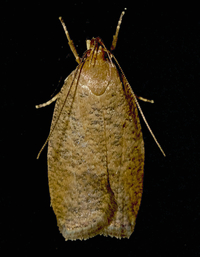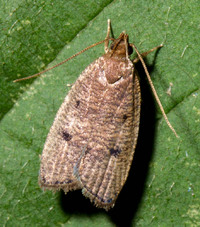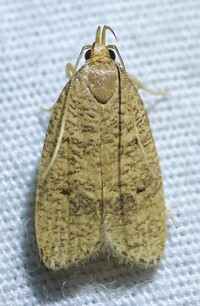
| Recorded by: Dean Furbish, Lior S. Carlson, Randy Emmitt on 2025-08-12
Alamance Co.
Comment: | 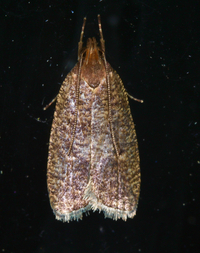
| Recorded by: Jim Petranka on 2025-06-08
Madison Co.
Comment: |
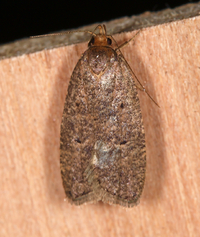
| Recorded by: Jim Petranka, Mark Basinger and Becky Elkin on 2025-05-18
Buncombe Co.
Comment: | 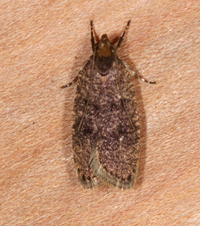
| Recorded by: Jim Petranka, Mark Basinger and Becky Elkin on 2025-05-18
Buncombe Co.
Comment: |
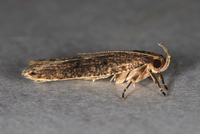
| Recorded by: Jim Petranka, Mark Basinger and Becky Elkin on 2025-05-18
Buncombe Co.
Comment: | 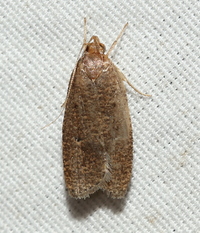
| Recorded by: David George on 2025-05-16
Durham Co.
Comment: |
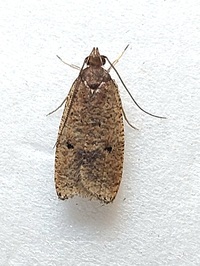
| Recorded by: Mark Basinger on 2025-05-07
Wilson Co.
Comment: | 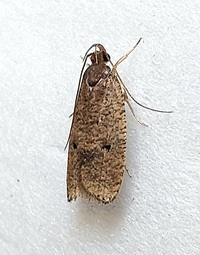
| Recorded by: Mark Basinger on 2025-05-07
Wilson Co.
Comment: |
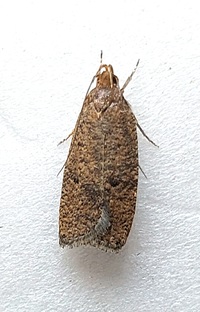
| Recorded by: Mark Basinger on 2025-05-01
Wilson Co.
Comment: | 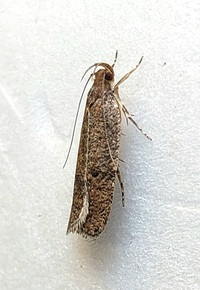
| Recorded by: Mark Basinger on 2025-05-01
Wilson Co.
Comment: |

| Recorded by: Jim Petranka on 2025-04-23
Madison Co.
Comment: | 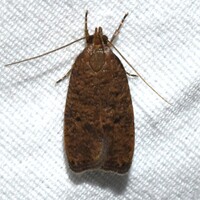
| Recorded by: David George, Jeff Niznik on 2025-04-05
Chatham Co.
Comment: |
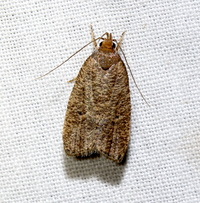
| Recorded by: David George, Jeff Niznik, Kenneth Geisert, David Bradley, Julie Tuttle, Patrick Coin, Kaitlyn Elliott, Becky Watkins on 2024-08-17
Durham Co.
Comment: | 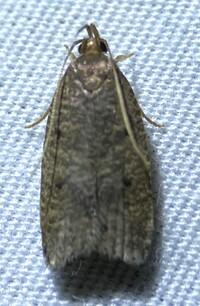
| Recorded by: Dean Furbish, Lior S. Carlson on 2024-08-12
Pamlico Co.
Comment: |
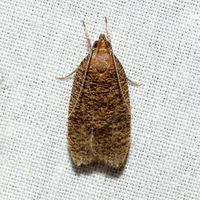
| Recorded by: David George, Jeff Niznik, Kevin Bischof on 2024-08-07
Transylvania Co.
Comment: | 
| Recorded by: David George, Jeff Niznik on 2024-08-06
Transylvania Co.
Comment: |

| Recorded by: David George, Jeff Niznik on 2024-08-05
Transylvania Co.
Comment: | 
| Recorded by: David George, Jeff Niznik on 2024-08-05
Transylvania Co.
Comment: |
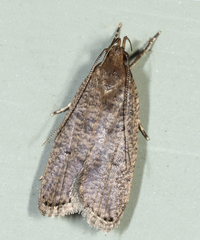
| Recorded by: John Petranka on 2024-07-31
Orange Co.
Comment: | 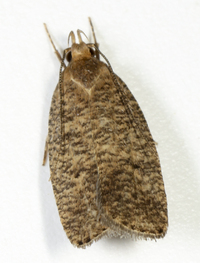
| Recorded by: John Petranka on 2024-07-26
Orange Co.
Comment: |
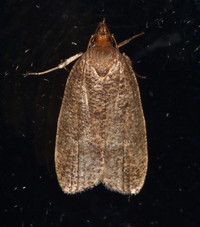
| Recorded by: Jim Petranka on 2024-07-25
Madison Co.
Comment: | 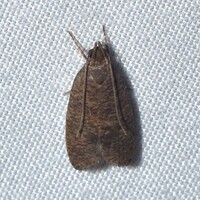
| Recorded by: Jeff Niznik on 2024-07-19
Orange Co.
Comment: |
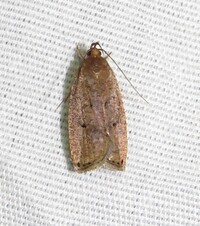
| Recorded by: B. Bockhahn on 2024-07-14
Macon Co.
Comment: | 
| Recorded by: John Petranka on 2024-07-07
Orange Co.
Comment: |
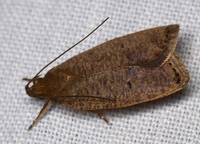
| Recorded by: David George, Jeff Niznik, Stephen Dunn on 2024-06-29
Chatham Co.
Comment: | 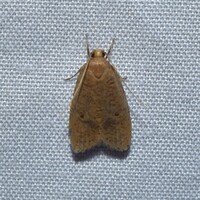
| Recorded by: David George, Stephen Dunn, Jeff Niznik, Patrick Coin on 2024-06-22
Chatham Co.
Comment: |
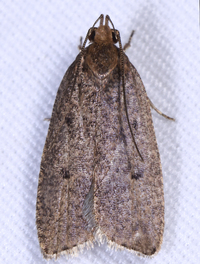
| Recorded by: John Petranka on 2024-06-20
Watauga Co.
Comment: | 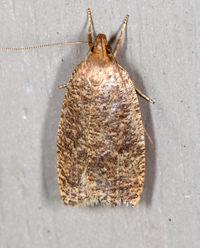
| Recorded by: Jim Petranka on 2024-06-16
Madison Co.
Comment: |
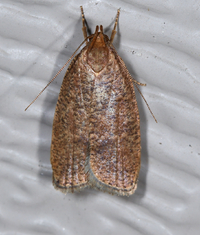
| Recorded by: Jim Petranka on 2024-06-12
Madison Co.
Comment: | 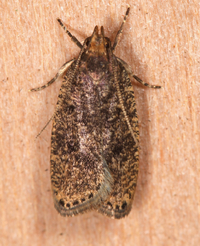
| Recorded by: Jim Petranka and Becky Elkin on 2024-06-03
Madison Co.
Comment: |
|

 »
»